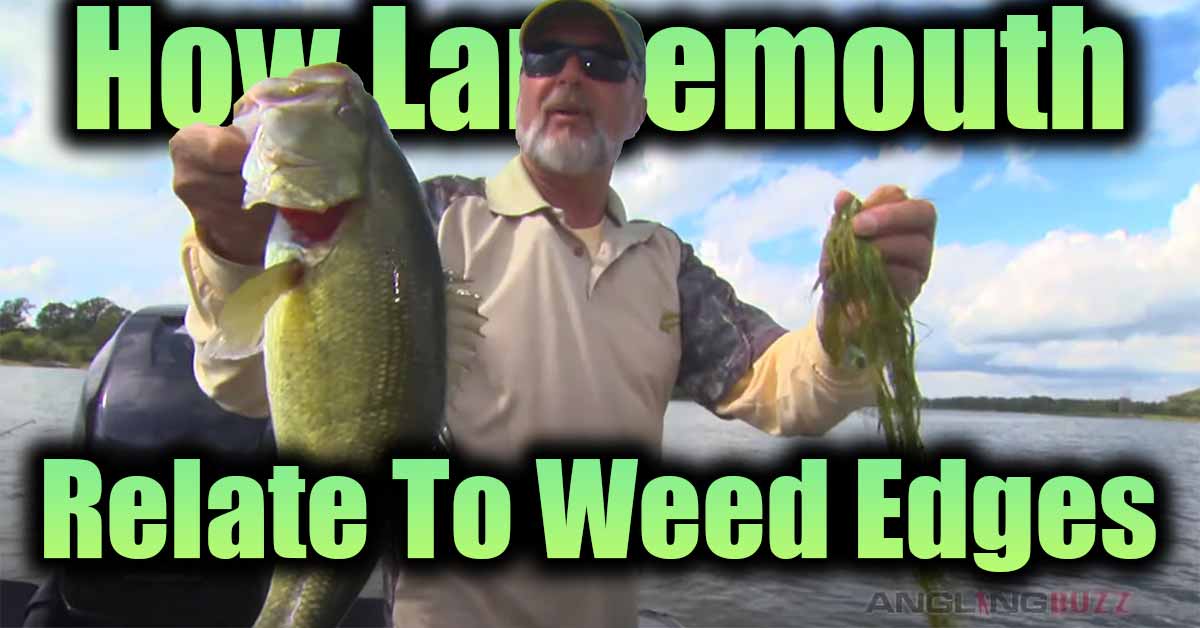Al Lindner dives into how largemouth bass relate to weed edges and offers a few different presentations to catch them!
How Largemouth Bass Relate to Weed Edges
Weed edges: During summer, the deep weedline functions as a pivot point for bass behavior. Largemouth bass may be inside, suspended outside, hugging the bottom or riding high in the weeds. Match your tactics to the bass position and activity to catch them.
Weeds and bass go hand in hand, but not all weeds are equally attractive to bass. Unlike rocks or submerged wood, weeds provide inconsistent cover for bass throughout the year. Different types of weeds bloom, flourish and recede at different paces and places during the year, and as they do, bass change depth and location to take advantage of the best available feeding opportunities and habitats.
Finding and interpreting prime weed growth is often the key to catching bass on natural lakes, as Al Lindner explained:
“One thing is when you this time of the year during midsummer you get in these lakes where you got these expansive weed flats you know you got to have a couple of different tools for fishing the edge you know the edge is like like the pivot point or the up reel keep contact point for uh for all different fish species.”

It’s important to remember that not all the bass in the lake are doing the same thing at the same time. There could be some fish up in the slop, some across the flats, and some are deep weed edges. Here we are focusing our efforts on the deep weed edge. On any lake during midsummer, this is a main focal point for bass. They feed here and rest here; we call it a pivot point. The fish may be right on the edge or they could be up in the weeds tucked way down, or they could even be out of the weeds suspended. How wide it depends on forage; they simply follow the food.
Different Fishing Techniques
One thing that Al has been doing is throwing his jig. He’s actually been fishing it actually into the weeds and actually out beyond the edge of the distinct weed touch. Where I’ve been taking this Arashi ten and he actually sort of paralleling the outside the weed edge and it’s the hard bottom a little bit of sand and sort of walking it along the bottom and that’s where it’s these last couple of them had come from.
It’s interesting to note that you get various conditions and how those fish use that distinct weed edge throughout the summer months. It’s sort of a contact position. Sometimes they move up into the weeds and actively feed, or if they’re inactive they’ll bury down into them. If the fish get active, a lot of times they’ll move up high and over the tops of the weeds or actually move out of the weeds to actively feed.
In conclusion, finding and interpreting prime weed growth is often the key to catching bass on natural lakes. Not all the bass in the lake are doing the same thing at the same time, and the deep weed edge is a main focal point for bass during the midsummer. Different fishing techniques can be used to take advantage of the various conditions and how the fish use the distinct weed edge throughout the summer months.
[/et_pb_text][/et_pb_column][/et_pb_row][/et_pb_section]










